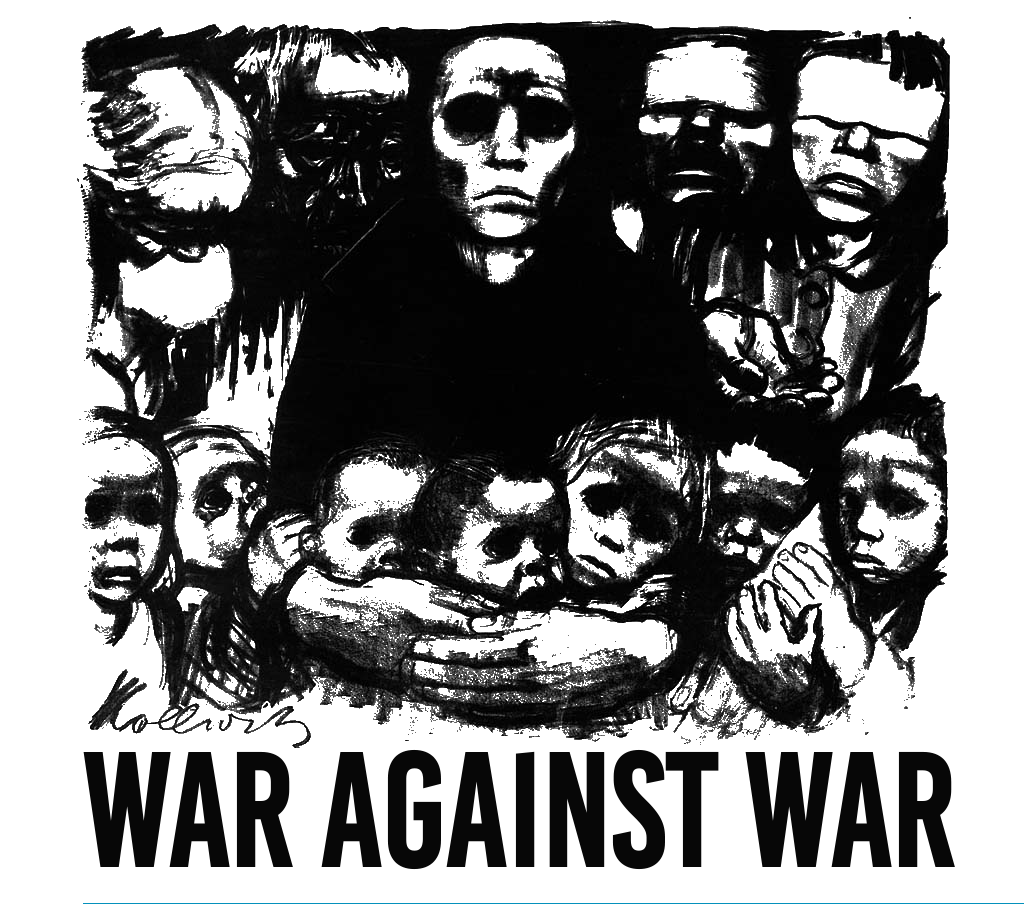Theories explaining why states choose to use targeted or indiscriminate violence against civilians hinge on the state’s capacity to gain information about who to target and its ability to do enough damage to prevent defection to the rebel’s side. In contrast to these theories, I show that the choice of strategy depends on the characteristics of the community experiencing the violence, not the state employing it. This article argues that even when states can target certain civilians, they may choose to employ indiscriminate violence owing to the characteristics of the civilians’ social network structure. The state’s optimal strategy of violence is driven by two factors: the degree distribution of civilians’ social networks and the correlation between citizens’ motivation to leave a network and citizens’ value to other nodes in the network. When the degree distribution is uniform, and motivation and value are positively correlated, indiscriminate violence is more often preferred.
This was originally published on SAGE Publications Ltd: Journal of Peace Research: Table of Contents.
